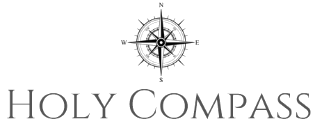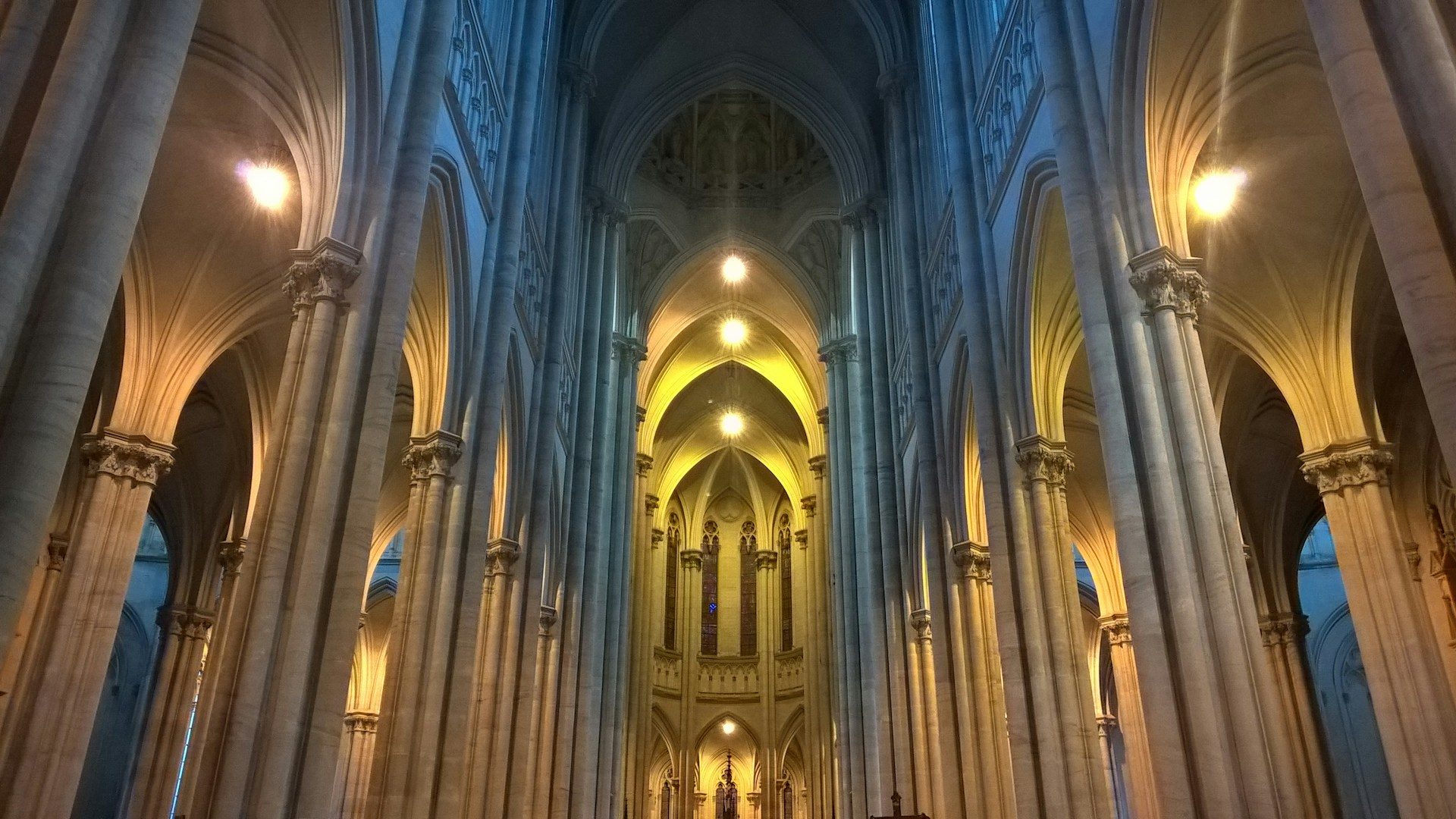Introducing the Roman Catholic Church
The Roman Catholic Church is the largest Christian denomination with over 1.3 billion followers worldwide. Rooted in the teachings of Jesus Christ and the apostles, the Catholic Church has a rich and complex history spanning centuries.
Core Beliefs
- Monotheism: Belief in one God who is Trinity (Father, Son, Holy Spirit).
- Incarnation: Belief that God became human in the person of Jesus Christ.
- Resurrection: Belief that Jesus Christ rose from the dead.
- Sacraments: Seven sacred rituals that convey God’s grace, including baptism, confirmation, and Eucharist.
- Biblical Canon: Recognition of the Bible as divine Scripture, consisting of the Old and New Testaments.
Historical Development
Early Origins
The Catholic Church traces its roots to the apostles of Jesus Christ. Peter, the first pope, established the church in Rome. The church grew and spread throughout Europe and the Middle East under the leadership of early bishops and theologians.
Expansion and Empire
From the 4th century onwards, the Catholic Church became closely aligned with the Roman Empire. Emperor Constantine legalized Christianity, and the church played a significant role in the administration and culture of the empire.
Middle Ages
During the Middle Ages, the Catholic Church reached its peak of influence and power. It established monasteries, universities, and cathedrals, and played a central role in society. However, this period also witnessed internal divisions and conflicts, such as the Great Schism.
Reformation and Counter-Reformation
In the 16th century, the Protestant Reformation challenged the authority of the Catholic Church. In response, the church initiated the Counter-Reformation, a movement to reaffirm Catholic beliefs and practices.
Структура и Организация
The Pope
The Pope is the Bishop of Rome and the head of the Catholic Church. He is considered the successor of Peter and has the authority to define doctrine and promulgate laws.
Bishops and Clergy
Bishops oversee dioceses and guide their priests and deacons. Priests are ordained ministers who lead local communities, administer sacraments, and teach the faith. Deacons assist priests in liturgical and pastoral roles.
Lay Ministry
Laity are non-clerical members of the church who play an active role in its mission. They serve in various ministries, such as teaching, counseling, and social outreach.
Theology and Worship
Theology
Catholic theology is based on Scripture, Tradition, and the teachings of the Church Fathers. It emphasizes the importance of faith, grace, and the sacraments in the salvation of souls.
Worship
The Catholic Church celebrates a rich liturgical calendar, including the Mass, sacraments, and devotions. Worship is centered on the Eucharist, which is seen as the source and summit of the Catholic faith.
Mission and Social Justice
The Catholic Church has a strong commitment to social justice and the common good. It operates numerous charitable organizations and actively advocates for the poor, marginalized, and oppressed.
Challenges and Controversies
Throughout its history, the Catholic Church has faced challenges and controversies. These include issues of sexual abuse, clericalism, and the role of women within the church.
Conclusion
The Roman Catholic Church is a complex and multifaceted institution with a rich history, theology, and social impact. It continues to play a significant role in the lives of billions of people worldwide.



